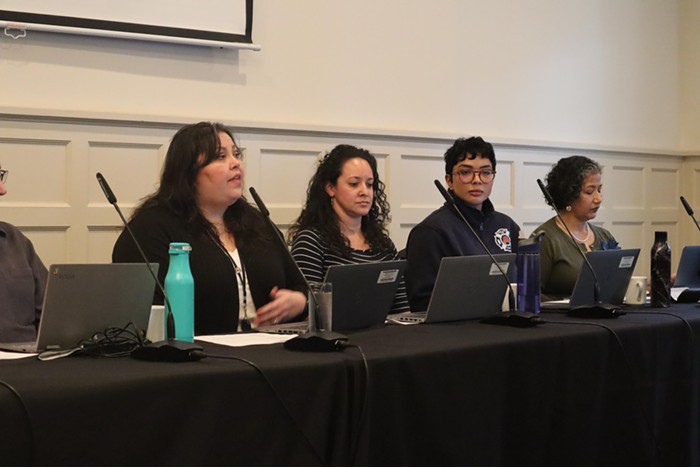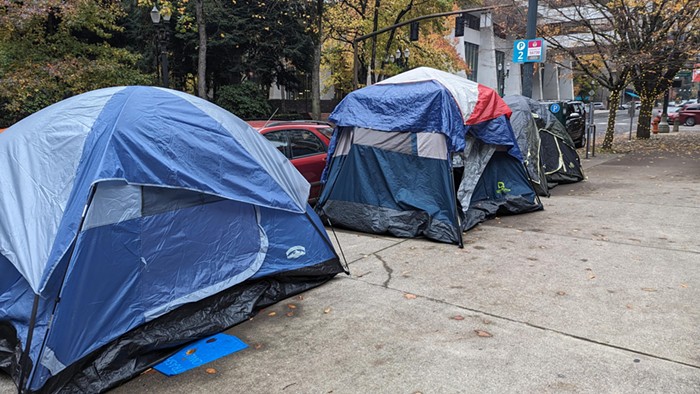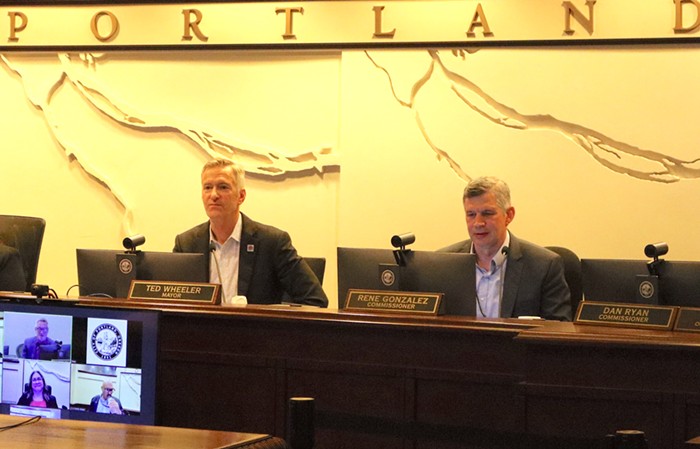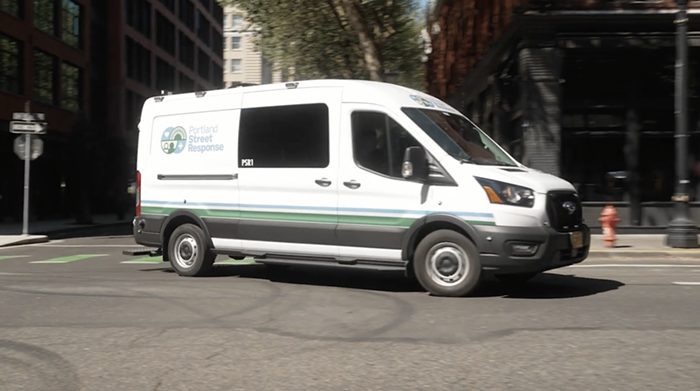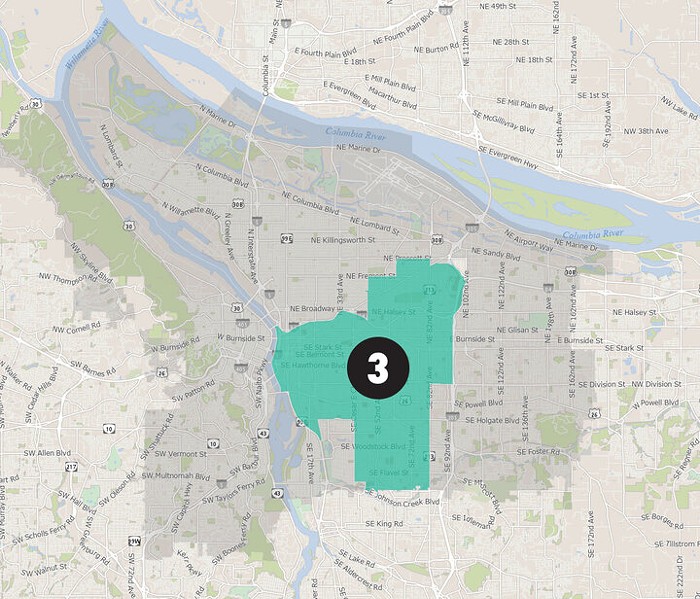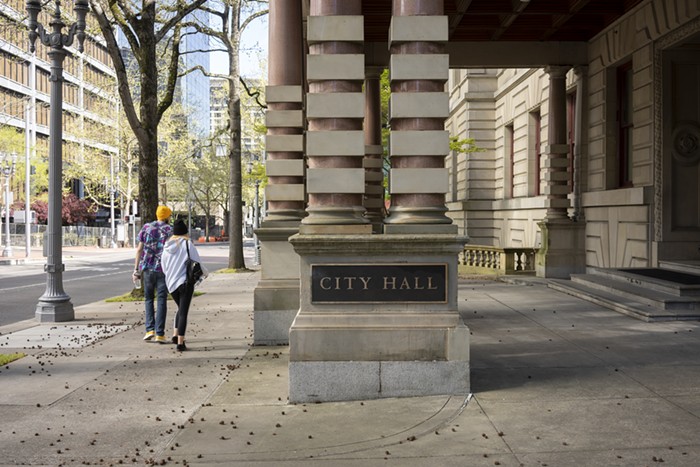
Traffic fatalities in Multnomah County reached a 15-year high in 2020. Now, the county is launching a new public health effort to analyze and identify the root causes of such fatalities in the region.
As of October 25, traffic crashes have claimed 62 lives in Multnomah County this year; 48 of those deaths were in Portland. According to county officials, the region is on track to meet or exceed last year’s high of 84 traffic deaths.
“The truth is, the traffic fatalities and injuries we're speaking about are preventable,” said Charlene McGee, a program manager with the county’s Racial and Ethnic Approaches to Community Health (REACH) program. “That’s so key.”
Portland set a goal of eliminating all traffic deaths by 2025 through its Vision Zero program in 2015, but traffic deaths have regularly increased since the project began. Commissioner Jo Ann Hardesty, who oversees the Portland Bureau of Transportation (PBOT), told the Mercury earlier this year that the increase in traffic fatalities can be partially linked to population increases—Portland has added 46,174 car-only commuters between 2010 and 2019, according to US Census Bureau data.
PBOT has led efforts to lower speed limits on high crash corridors like Northeast Halsey and 82nd Avenue, and tackled larger infrastructure projects like the Outer Division Safety Project—a major rebuild along Southeast Division Street between 80th and 174th that will include pedestrian crossing signals, more street lighting, and raised center medians.
But, while those major construction projects are key to building safe pedestrian environments in the city, they take years to plan and construct. PBOT started planning the Outer Division Safety Project in 2016, and construction on the project is expected to finish in 2022.
“One of the reasons that Vision Zero is having trouble getting traction is because some of the big environmental changes, or big changes to infrastructure that they're taking on, take years and years to get from planning to design to construction,” said Brendon Haggerty, the county’s Healthy Homes and Communities program supervisor.
While those larger projects create lasting changes, Haggerty believes this new effort can support more immediate changes.
“What we envision for this next effort is a lot more focus on uncovering any of the modifiable risk factors that contributed to a crash, particularly if those are common across several crashes,” Haggerty said.
Collaborators from the county’s public health department, PBOT, and environmental analysts will comb through crash data looking for systemic issues they can change to prevent future crashes, according to Haggerty. While PBOT already reviews crash data for speed issues, the county project will focus on environmental factors like street lighting, distance between designated crosswalks, and social behaviors, like where drivers and pedestrians were going at the time of the crash.
The analysis will expand on the findings of the county’s Racial and Ethnic Approaches to Community Health (REACH) traffic safety report from earlier this year. The report found that death rates from crash injuries among Black residents were twice the rate of white residents from 2013 to 2017. Black county residents also represented 17 percent of patients seeking medical attention for crash injuries, while accounting for 8 percent of the county population.
”The REACH Traffic Safety Report established a baseline on disparities,’’ said McGee, the REACH program manager. “The REACH work, while it might be culturally specific to our Black and African immigrant communities, the ripple effect of the work that we're doing also benefits all in Multnomah County.”
McGee says the next phase of crash analysis will focus on policy, system, and environmental changes, which are more sustainable than changing individual behavior. She gave the example of a person being hit by a car while wearing dark clothing—in that situation, McGee said, the crash is still a product of an unsafe pedestrian environment.
“We don't want to blame that individual for wearing dark colored clothes,” McGee said. “Rather, why is that individual not able to walk in their neighborhood or cross the street? Because there's no sidewalks.”
The county plans to release the findings of the analysis in mid-2022.

